How much flow from a tankless do we need?
mtimmer
10 years ago
Related Stories

GREAT HOME PROJECTSHow to Switch to a Tankless Water Heater
New project for a new year: Swap your conventional heater for an energy-saving model — and don’t be fooled by misinformation
Full Story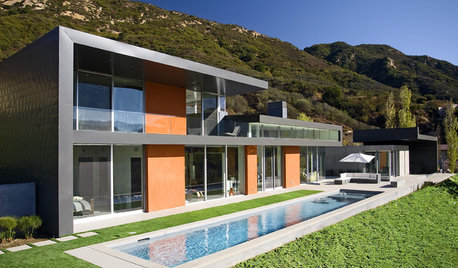
GARDENING AND LANDSCAPINGPool Design Flows From Home Lines
From straight to curvy to free form, here's how to design a pool that reflects your home inside and out
Full Story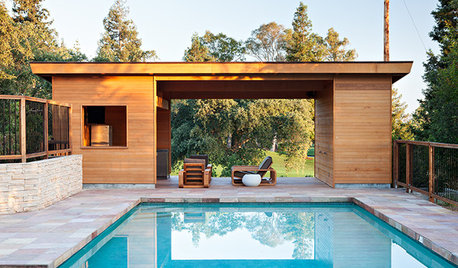
GARDENING AND LANDSCAPINGSee a Fairway-Side Pool House That Goes With the Flow
This airy California pavilion creates an easy indoor-outdoor flow as it offers shelter from the sun — and falling objects
Full Story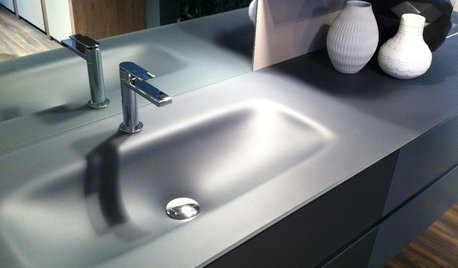
BATHROOM DESIGN10 Bathroom Standouts From Italy's Big Expo
Sleek finishes, high-tech fixtures and more. Discover some of CERSAIE 2013's best and brightest bathroom offerings
Full Story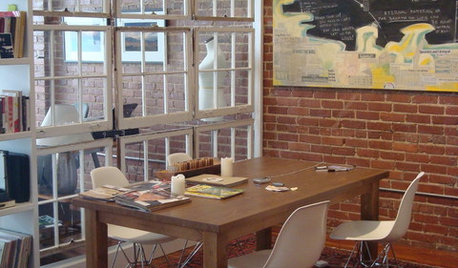
REMODELING GUIDESGet What You Need From the House You Have
6 ways to rethink your house and get that extra living space you need now
Full Story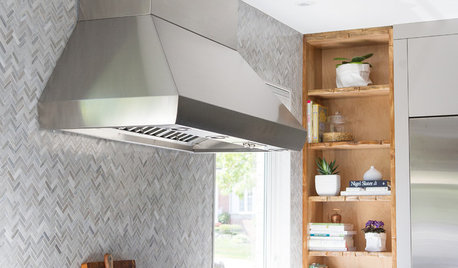
KITCHEN DESIGNKitchen of the Week: Function and Flow Come First
A designer helps a passionate cook and her family plan out every detail for cooking, storage and gathering
Full Story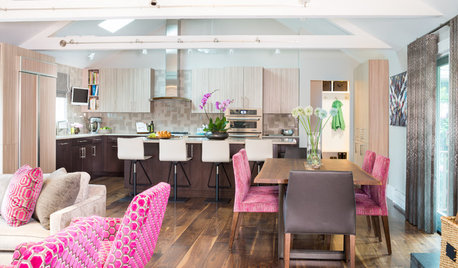
KITCHEN DESIGNLightened-Up Midcentury Kitchen Goes With the Flow
A ranch’s kitchen, dining area and living room are combined in one beautifully unified space, while a mudroom solves a clutter problem
Full Story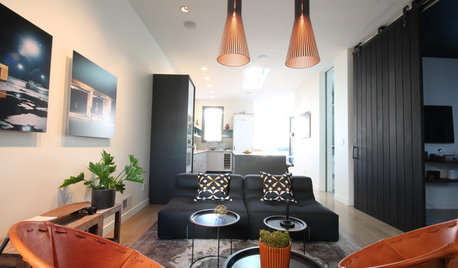
HOUZZ TOURSHouzz Tour: Edwardian Flat Opens Up for More Light and Better Flow
Removing 7 walls and adding clerestory windows brighten this 1905 San Francisco home and propel it into modern times
Full Story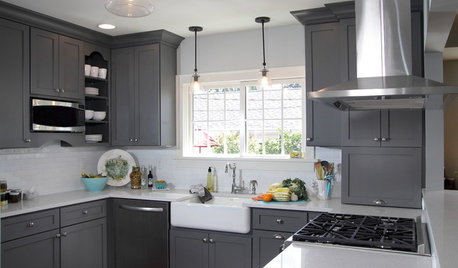
KITCHEN OF THE WEEKKitchen of the Week: New Function, Flow — and Love — in Milwaukee
A traditional kitchen get an improved layout and updated finishes in a remodel that also yields a surprise
Full Story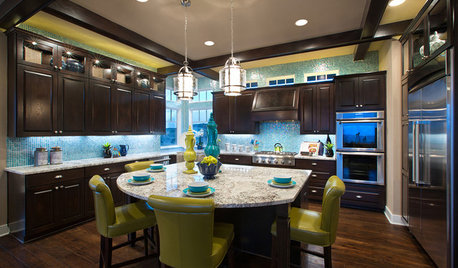
DECORATING GUIDESStrategies to Create Color Flow Throughout a Home — a Case Study
Unite your indoor and outdoor rooms with a consistent color palette, for cohesion and a polished look
Full StoryMore Discussions







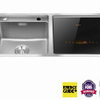
snoonyb
jakethewonderdog
Related Professionals
East Tulare County Kitchen & Bathroom Remodelers · Feasterville Trevose Kitchen & Bathroom Remodelers · Minnetonka Mills Kitchen & Bathroom Remodelers · Broadlands Kitchen & Bathroom Remodelers · Buffalo Grove Kitchen & Bathroom Remodelers · Fairland Kitchen & Bathroom Remodelers · Fremont Kitchen & Bathroom Remodelers · Garden Grove Kitchen & Bathroom Remodelers · Independence Kitchen & Bathroom Remodelers · Islip Kitchen & Bathroom Remodelers · Newberg Kitchen & Bathroom Remodelers · Oklahoma City Kitchen & Bathroom Remodelers · Walnut Creek Kitchen & Bathroom Remodelers · Lawndale Kitchen & Bathroom Remodelers · Prairie Village Kitchen & Bathroom RemodelersmtimmerOriginal Author
jakethewonderdog
mtimmerOriginal Author
jakethewonderdog
aidan_m
mtimmerOriginal Author
jakethewonderdog
jackfre